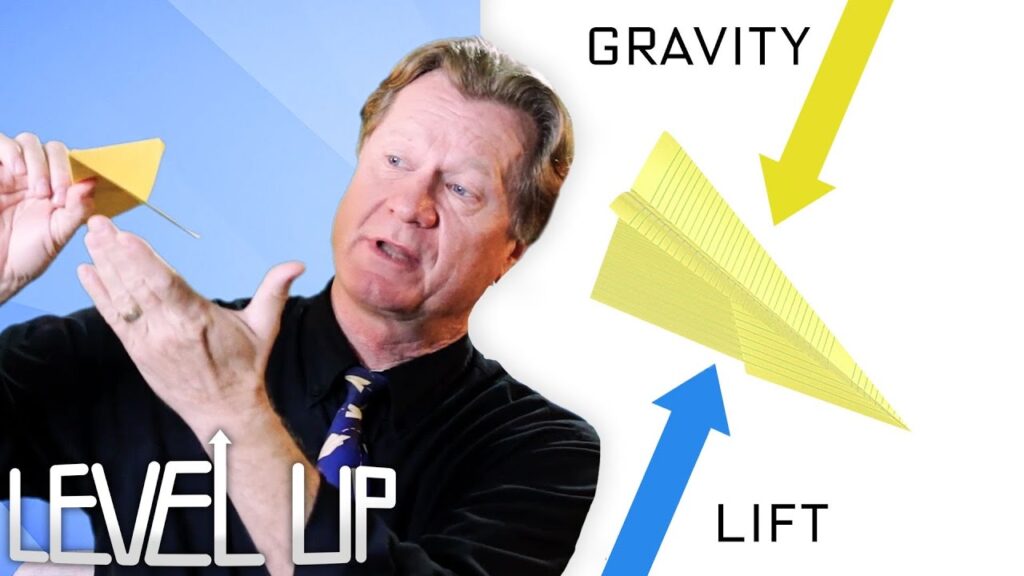The Importance of Fastballs in Baseball: How Pitchers and Batters are Pushing the Limits
Summary
In this article, we explore the importance of fastballs in baseball and how pitchers and batters are pushing the limits. While the fastball remains the most important pitch in the game, throwing at top velocity can lead to injuries. However, new technologies such as virtual reality systems are being developed to help train batters and improve their ability to track and connect with the ball.
Table of Contents:
- The Fastball: The Most Important Pitch in Baseball
- Pushing the Limits: How Fast Can a Pitcher Throw?
- The Risks of Throwing at Top Velocity
- The Importance of a Well-Placed Fastball
- Training Batters with Virtual Reality
- Conclusion
The Fastball: The Most Important Pitch in Baseball
Baseball season is back, and the fastball remains the most important pitch in the game. The fastball is challenging to hit because of its speed and precision. Even legendary batters like Ted Williams have said that hitting a fastball is the most challenging thing to do in sports. The fastest fastball ever thrown is 105 miles per hour, and more pitchers are throwing triple-digit fastballs than ever before.
Pushing the Limits: How Fast Can a Pitcher Throw?
However, throwing a 110 miles per hour fastball is almost impossible. Glenn Fleisi, a pitching expert, says that there is no physiological trait that distinguishes pitchers who can throw faster from those who cannot. Proper mechanics are essential to throwing fast, but not everyone can throw at the same speed. Fleisi uses motion capture software to map and correct throwing mechanics. The outer limit for fastball velocity leaving a pitcher’s hand is unknown, but Yankees relief pitcher Erroldes Chapman was once clocked at 105 miles per hour.
The Risks of Throwing at Top Velocity
The top pitchers can throw up to 105 miles per hour, but the average velocity could increase as more players optimize and maximize themselves. However, constantly throwing at top velocity can lead to more injuries, as the body can only take so much. The force required to rupture elbow ligaments is the same force that a pitcher puts through their arm when throwing at top speed. This force can cause tiny tears in the ligament, leading to the need for Tommy John surgery.
The Importance of a Well-Placed Fastball
Despite the risks, a well-placed fastball is still the gold standard for striking out batters. Batters have an incredibly short period of time to decide if a pitch is worth swinging at, and it takes just 200 milliseconds to make that decision.
Training Batters with Virtual Reality
To help train batters, a virtual reality system has been developed that can simulate any style of pitch. The system uses actual MLB pitch data and costs $50. Giuppina has created a batting simulator that can freeze the ball midair and help batters identify the pitch. Villanova’s players found it beneficial to focus on arm recognition and the slot of the ball. The simulator can even show what a 120 mph fastball would look like. Psychologist Jerry Lon believes it could help answer questions about our ability to track moving objects. Giuppina has also created a hacked Oculus Rift that allows players to swing for the virtual fence. The timing is completely different, but with practice, it’s possible to make contact with an impossibly fast fastball. Virtual reality could help us better understand how batters track and connect with the ball, as what they’re doing now is already almost impossible.
Conclusion
In conclusion, the fastball remains the most important pitch in baseball, and pitchers and batters are pushing the limits. While throwing at top velocity can lead to injuries, new technologies such as virtual reality systems are being developed to help train batters and improve their ability to track and connect with the ball. As the game continues to evolve, it will be exciting to see how pitchers and batters continue to push the limits and challenge each other.






